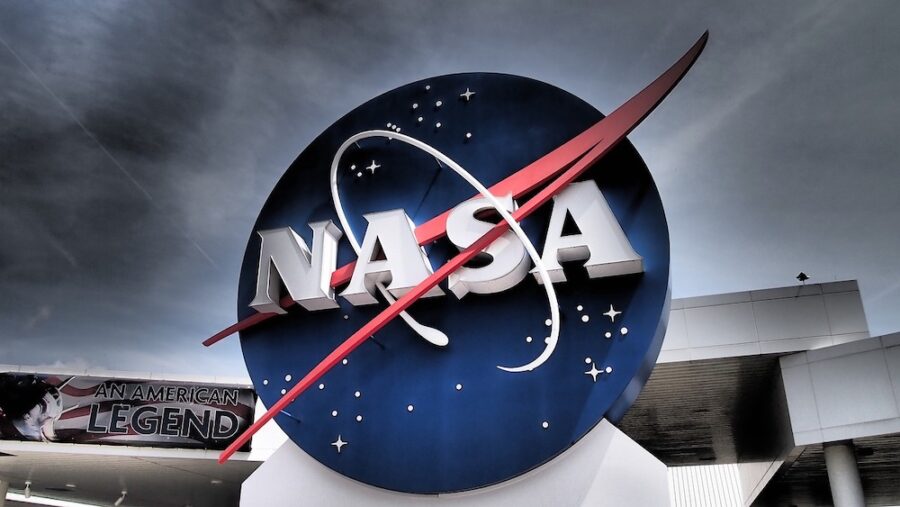Solar Sail Becomes Real After NASA Deployment

In a groundbreaking achievement for space travel and exploration, NASA announced on August 29 that it had successfully deployed its solar sail-powered craft. When light hits the solar sail, the photons can carry it in the direction they’re moving just like wind hitting a traditional sail. The Advanced Composite Solar Sail System, known as ACS3 will be tested by NASA for the next few weeks to measure its travel and maneuvering abilities.
The Solar Sail’s Maiden Voyage
This prototype solar sail is a pilot project for a potential larger, and longer-ranging craft. The test mission will be used to gather as much data as possible about how the solar sail behaves in space so that future projects can use one for missions involving the prediction of space weather, monitoring asteroids, or studying the Sun. As a test, this solar sail-powered craft will mostly be performing sample exercises so that its accuracy and capabilities can be recorded.
ACS3 was launched by Rocket Lab in April, hitching a ride along with a South Korean Earth observation satellite, but wasn’t deployed until August 29 when its position in orbit was ideal. This type of collaboration between NASA and commercial space exploration companies is becoming increasingly common, as a new space race sets its sights on the galaxy. The solar sail project will be a part of a longer-term collaboration between NASA and Rocket Lab.
Potential For Innovation

The Japanese spacecraft Ikaros as well as the Planetary Society’s craft, Lightsail 2 have both successfully used solar sails as a part of their propulsion system, and ACS3 is intended to add to the research gathered by these missions. The new solar sail uses a set of composite booms to unfurl the sail, stretching it to about 30 by 30 feet, or about half the size of a tennis court. The new deployment design is lighter than previous models and scalable to hopefully be used with larger spacecraft.
Similar To A Common Sailboat

Each of the four sections of sail on ACS3 is supported by composite booms, similar to the booms a sailboat would use to hold wind-powered sails. The composite material contains carbon fiber in order to be more flexible and strong, keeping the solar sail taught while still being lightweight. Because the booms are designed to be flexible, they can be stored on a spool but will remain rigid enough to stretch the sails out firmly once it’s extended.
Benefits Over Traditional Propulsion Methods

The advantage of using a solar sail instead of traditional propulsion is that it harvests the existing energy around it without needing batteries for storing electricity or fuel cells. That means that the craft could potentially travel long distances without needing any fuel, making the sails lighter and an essentially inexhaustible energy source. In addition to adding efficiency and longevity to the options available for astro-propulsion, solar sails have the added bonus of being a low-cost alternative to other propulsion systems.
This Is Just The Beginning

Made from reflective, flexible material, the ACS3 is a big, square sail that takes advantage of the momentum caused by photons hitting its surface. The solar sail takes about 25 minutes to deploy to its full 30-foot per side square once the solar power arrays aboard the craft are open. ACS3 will have several cameras aboard to collect images of its mission as well as the sail deployment, and space exploration enthusiasts can expect to see some images as soon as September 4.
Source: NASA












